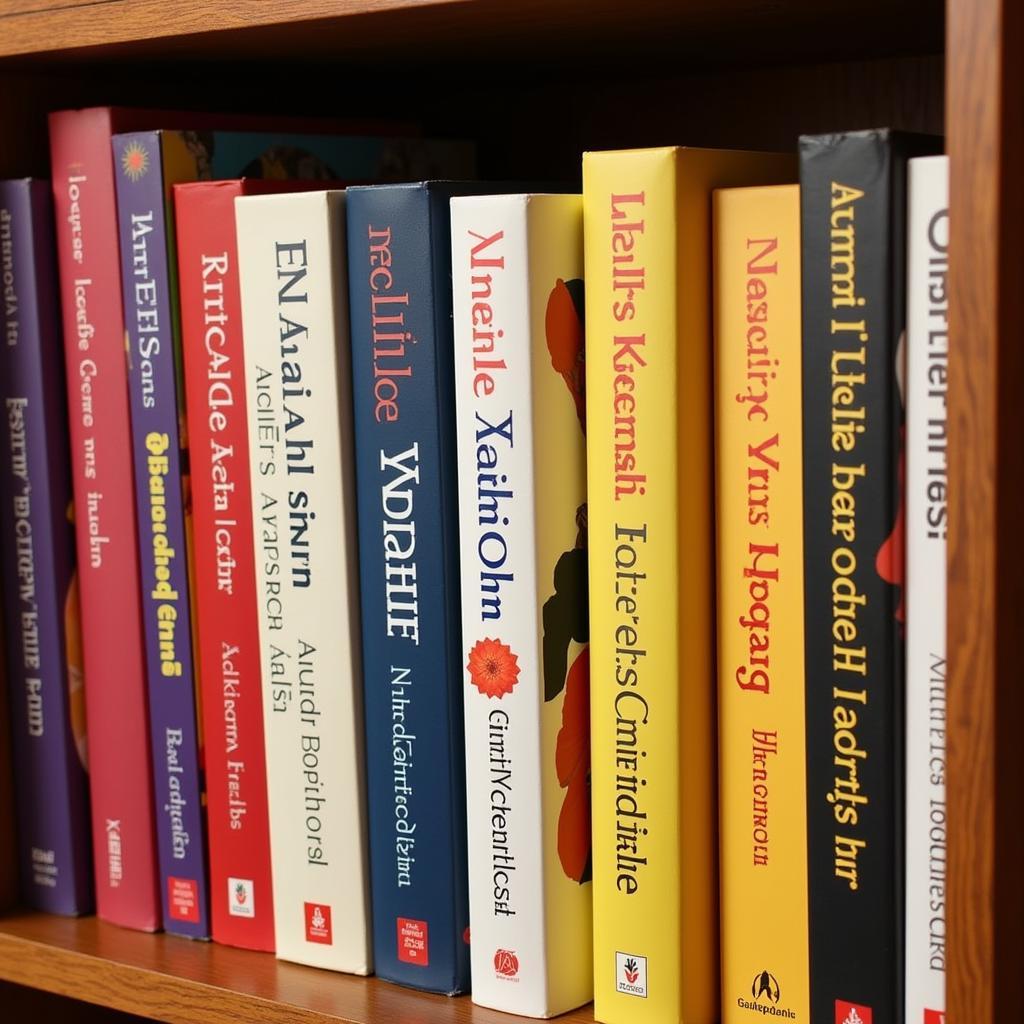Exploring the Diverse World of African Dance Techniques
African Dance Techniques are a vibrant tapestry woven from the rich cultural heritage of the continent’s diverse people. From the rhythmic pulsations of West African drumming to the graceful movements of East African traditions, exploring these techniques offers a fascinating glimpse into the heart of African culture. Just after introducing this world, let’s delve into the specifics. For those interested in other aspects of African culture, you can learn about African healing rituals.
The Power and Significance of African Dance
African dance is more than just movement; it’s a powerful form of communication, storytelling, and spiritual expression. It’s deeply intertwined with the social fabric of communities, playing a vital role in ceremonies, rituals, celebrations, and everyday life. Each region, tribe, and even village boasts its own unique style, characterized by specific rhythms, movements, costumes, and symbolic meanings. Understanding these nuances unlocks a deeper appreciation for the complexity and artistry of African dance.
These techniques often involve intricate footwork, isolations of the body, and rhythmic movements that reflect the polyrhythmic nature of African music. The dances can be highly energetic and physically demanding, requiring strength, flexibility, and coordination. The emphasis on grounded movement and connection to the earth is a common thread that runs through many African dance styles.
Regional Variations in African Dance Techniques
African dance techniques vary significantly across the continent, reflecting the unique cultural landscapes of different regions. In West Africa, dances like the Agbadza of the Ewe people in Ghana and Togo emphasize complex rhythmic patterns and energetic movements. The Yankadi dance of Guinea, on the other hand, focuses on strength and athleticism.
East African dance often features fluid movements, graceful gestures, and intricate hand and arm patterns. In Southern Africa, dances like the Gumboot dance, born from the hardship of miners, demonstrate resilience and creativity. The rhythmic stomping and slapping of the boots create a powerful percussive sound, transforming a tool of oppression into a symbol of cultural pride.
Learning and Appreciating African Dance Techniques
Whether you’re a seasoned dancer or a curious beginner, exploring African dance techniques can be a rewarding experience. Numerous classes, workshops, and performances are available worldwide, offering opportunities to learn from experienced instructors and immerse yourself in the vibrant energy of African dance.
For those looking to explore creative outlets with children, check out African art for kids. This can be a great way to introduce young ones to the beauty and richness of African culture.
Conclusion
African dance techniques are a testament to the creativity, resilience, and cultural richness of the African people. From the rhythmic pulsations of the drums to the expressive movements of the dancers, these techniques tell stories, preserve traditions, and connect communities. By exploring the diverse world of African dance, we gain a deeper understanding of African culture and the profound power of human expression. If you’re interested in more information on other topics related to African culture, you might find this article on an African bird that kills snakes interesting.
FAQs
-
What are the main characteristics of West African dance?
West African dance is characterized by energetic movements, polyrhythmic patterns, and a strong connection to the earth. -
What is the significance of dance in African culture?
Dance in Africa is a vital form of communication, storytelling, and spiritual expression, playing a central role in ceremonies, rituals, and everyday life. -
How can I learn African dance?
Numerous classes, workshops, and performances are available worldwide, offering opportunities to learn from experienced instructors. -
What are some examples of East African dance styles?
East African dance often features fluid movements, graceful gestures, and intricate hand and arm patterns. -
What is the Gumboot dance?
The Gumboot dance is a South African dance style that originated among miners, using rhythmic stomping and slapping of the boots to create percussive sounds. -
What is the importance of drumming in African dance?
Drumming provides the rhythmic foundation for many African dances, driving the movements and creating a powerful, energetic atmosphere. -
How do African dance techniques reflect cultural diversity?
Different regions, tribes, and even villages in Africa have their own unique dance styles, reflecting the diverse cultural landscapes of the continent. Those intrigued by intercultural interactions might be interested in learning about African Indian sex.
Further Exploration
Here are some other resources you might find interesting:
- Explore the world of African grey parrot sale in Ahmedabad.
- Discover the fascinating world of masks and rituals in African cultures.
Need Help?
For more information or assistance, please contact us:
Phone: +255768904061
Email: [email protected]
Address: Mbarali DC Mawindi, Kangaga, Tanzania
Our customer service team is available 24/7.
